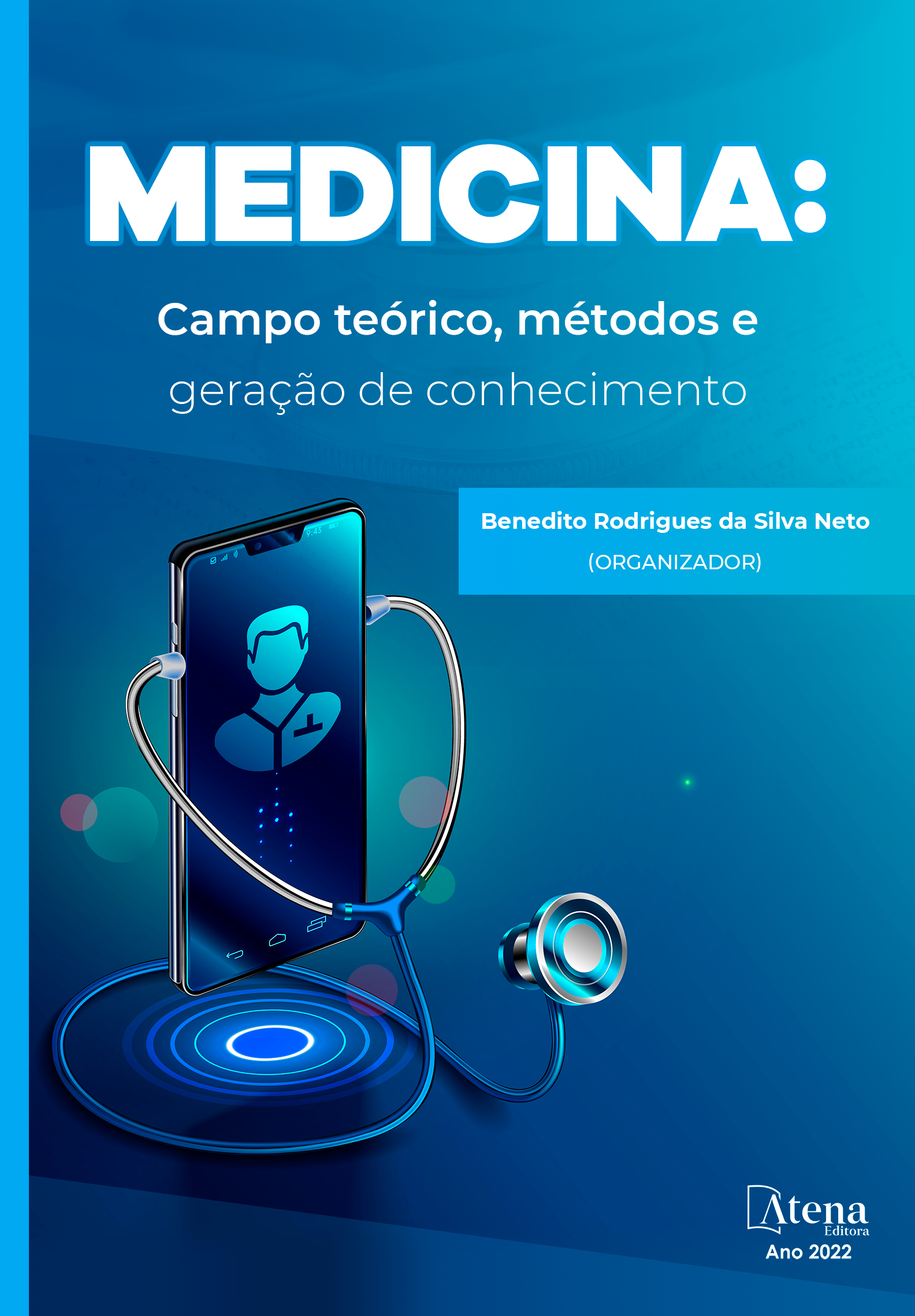
ACIDENTE ELAPÍDICO LEVANDO A INSUFICIÊNCIA RESPIRATÓRIA: UM RELATO DE CASO.
RESUMO: Envenenamentos por cobras-corais do gênero Micrurus são raros no Brasil e o diagnóstico é baseado na correta identificação do animal e das manifestações clínicas. O tratamento inclui cuidados de suporte e terapia antiveneno específica. Objetivos: relatar um caso grave de envenenamento por Micrurus com ênfase no diagnóstico e tratamento. Relato do caso: Paciente C.V.P, feminino, de 7 anos, dá entrada no pronto-socorro picada por cobra uma hora antes da chegada ao hospital. Havia dois pontos de inoculação no tornozelo esquerdo e dor local. Os sintomas iniciais foram ptose palpebral, rebaixamento do nível de consciência, sialorréia e piora do padrão respiratório, que evoluiu com insuficiência respiratória, necessitando de intubação orotraqueal. A cobra foi identificada como uma coral verdadeira (Micrurus lemniscatus). A paciente recebeu 10 ampolas de soro específico e foi transferida para hospital de grande porte. Após 3 dias, a paciente melhorou, foi realizada extubação e recebeu alta sem sequelas. Discussão: O envenenamento por Micrurus representa aproximadamente 0,5% dos acidentes ofídicos no Brasil. Essa baixa incidência se deve ao habitat fossorial, comportamento não agressivo e dentição proteróglifa do animal. O veneno possui uma neurotoxina que causa dor local e fraqueza muscular, levando a paralisia e insuficiência dos músculos respiratórios. As neurotoxinas podem ter ação pré-sináptica e pós-sináptica, comprometendo a liberação ou ligação da acetilcolina na fenda sináptica. O uso de anticolinesterásicos pode ser benéfico em casos graves de acidentes ofídicos com predomínio da ação pós-sináptica, melhorando temporariamente a paralisia. O tratamento com soro antielapídico é realizado ao menor sinal de manifestação clínica e o prognóstico é bom, se realizado rapidamente. Conclusão: O tratamento adequado e o suporte ventilatório são essenciais para um bom prognóstico no envenenamento elapídico grave. No caso relatado, devido ao diagnóstico precoce e tratamento eficaz, a paciente recebeu alta sem sequelas, apesar das manifestações clínicas iniciais graves.
ACIDENTE ELAPÍDICO LEVANDO A INSUFICIÊNCIA RESPIRATÓRIA: UM RELATO DE CASO.
-
DOI: 10.22533/at.ed.3912228043
-
Palavras-chave: Ofidismo; Micrurus; Insuficiência Respiratória; Antiveneno
-
Keywords: Snakebite; Micrurus; Respiratory Failure; Antivenom
-
Abstract:
Envenomation by Micrurus coral snakes are rare in Brazil and diagnosis is based on correct identification of the animal and clinical manifestations. Treatment includes supportive care and specific antivenom therapy. Objectives: to report a severe case of Micrurus envenomation with emphasis on diagnosis and treatment. Case report: Patient C.V.P, a 7 years old girl, is admitted to the local emergency room, having been bitten by a snake one hour before arrival at the hospital. She had two inoculation points in the left ankle and local pain. Initial symptoms were eyelid ptosis, decreased level of consciousness, drooling, and worsening of the breathing pattern, which evolved with respiratory failure, requiring orotracheal intubation. The snake was identified as a true coral (Micrurus lemniscatus). The patient received 10 ampoules of specific antivenom and was transferred to a large hospital. After 3 days, the patient improved, extubation took place and the patient was discharged without sequelae. Discussion: Micrurus envenomation represents approximately 0.5% of snakebites in Brazil. This low incidence is due to the fossorial habitat, non-aggressive behavior and proteroglyphic dentition of the animal. The venom has a neurotoxin that causes local pain and muscle weakness, leading to respiratory muscle paralysis and failure. Neurotoxins can have presynaptic and postsynaptic action, compromising the release or binding of acetylcholine in the synaptic cleft. The use of anticholinesterases can be beneficial in severe cases of snake bites with a predominance of postsynaptic action, temporarily improving paralysis. Treatment with antielapidic antivenom is performed at the slightest sign of clinical manifestations and prognosis is good, if it is carried out quickly. Conclusion: Adequate treatment and ventilatory support are essential for a good prognosis in severe elapidic envenomation. In the case reported, due to the early diagnosis and effective treatment, the patient was discharged without sequelae, despite initial severe clinical manifestations.
-
Número de páginas: 12
- NATALIA DIAS DO NASCIMENTO
- ADEBAL DE ANDRADE FILHO
- JULIANA SARTORELO CARNEIRO BITTENCOURT ALMEIDA
- RAFAEL SILVA E CASTRO


